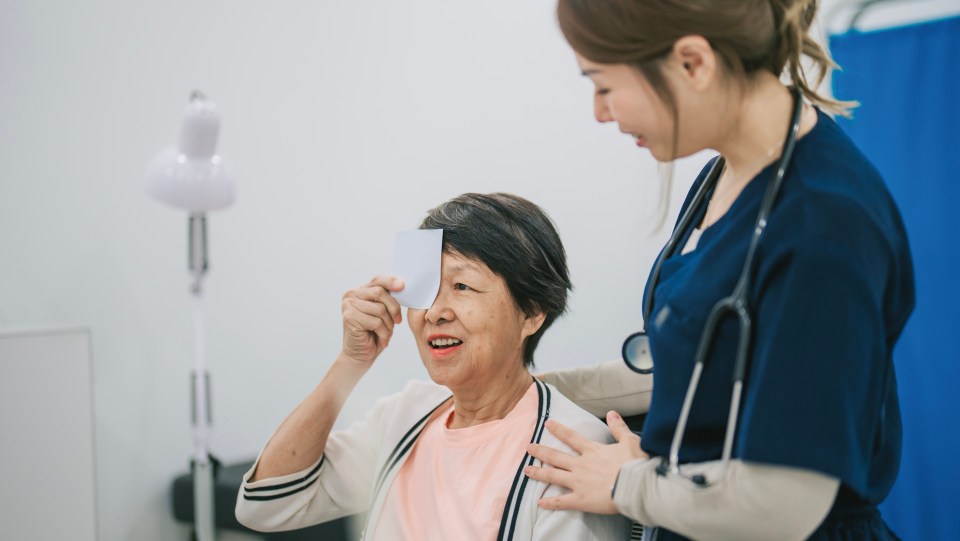Following a stroke, basic home chores may take longer to accomplish and require modification to complete. Encompass Health has joined forces with the American Heart Association and the American Stroke Association to assist stroke survivors in tackling everyday tasks. The following tips make doing laundry more manageable.
If you are in the market for new laundry appliances, front load machines are easier for most stroke survivors to navigate. They require a smaller range-of-motion and can be operated while sitting. However, the following tips also apply to top-loading machines.
- Start by marking your preferred wash settings, particularly if you suffer from memory issues or vision problems. This is easily done using adhesive stickers or markers.
- Wet clothes are heavy, so keep laundry loads small. Organize laundry supplies and store them within easy reach. Detergent pods may cost a little more, but they are a great option. Pods are light-weight and don’t require any measuring.
- On wash day, sort clothes into piles or baskets. Separate items into categories such as light, dark, delicate, etc. Transport clothes to the laundry area using a rolling laundry cart or mesh bag. These options are safer and easier to handle than bulky baskets.
- Select the wash setting before placing items into the washer. Add a single pod or measure liquid detergent using the dispenser cap on the bottle. Next, secure the door and start the machine.
- When it is time to transfer wet clothing to the dryer, lift the items one-by-one, using a reacher if needed. Close the door and initiate the drying cycle.
- Remove the dry clothes from the dryer and place in a basket or cart for folding. If you don’t have a folding table, chose a suitable surface where you can work comfortably. Once folding is complete, your clothes are ready to be put away.
Remember these tasks can also be completed in stages. To avoid fatigue, consider taking a rest break between steps or delay folding and putting clean laundry away until the next day.
The content of this site is for informational purposes only and should not be taken as professional medical advice. Always seek the advice of your physician or other qualified healthcare provider with any questions you may have regarding any medical conditions or treatments.


